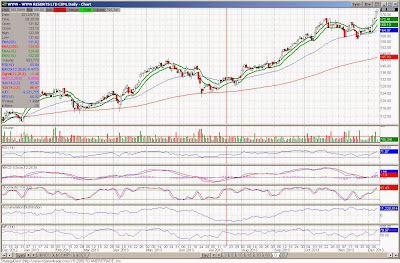via thestreet.com with comments and thoughts in the parenthesis.
To my five conditions mentioned earlier, I add five more (several of these quantify the "degree of bubbliness" to complete my 10 laws of bubbles:
To my five conditions mentioned earlier, I add five more (several of these quantify the "degree of bubbliness" to complete my 10 laws of bubbles:
- Debt is cheap. (Yes)
- Debt is plentiful. (Yes, look up trends in covenant light debt)
- There is the egregious use of debt. (possibly, but definitely not as bad heading into 2007/08)
- A new marginal (and sizeable) buyer of an asset class appears. (Can you say the Fed or the investor class in housing)
- After a sustained advance in an asset class's price, the prior four factors lead to new-era thinking that cycles have been eradicated/eliminated and that a long boom in value lies ahead.(May be my own bias but I see a lot of talk of a weak economy countering discusses for continued strong or accelerating growth.)
- The distance of valuations from earnings is directly proportional to the degree of bubbliness. (S&P up 25% LTM versus17% gain in earnings.)
- The newer the valuation methodology in vogue the greater the degree of bubbliness. (still haven't seen any new valuation method floated by the Street. Although most ignore the skew in profit margins.)
- Bad valuation methodologies drive out good valuation methodologies. (see the above comment in 7)
- When everyone thinks central bankers, money managers, corporate managers, politicians or any other group are the smartest guys in the room, you are in a bubble. (a most definite yes. Isn't Bernanke the smartest man who has ever lived)
- Rapid growth of a new financial product that is not understood. (e.g., derivatives, what Warren Buffett termed "financial weapons of mass destruction"). (bitcoin maybe, but nothing mainstream in new financial products.)
















































